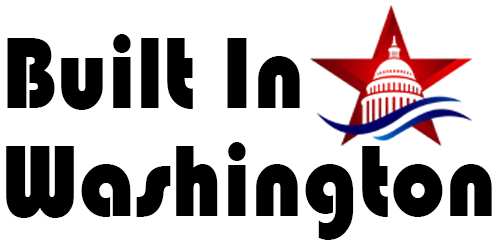Washington state has 47 rest areas located along its interstate highways and state routes, providing a convenient place for travelers to stop, rest, and refresh during their journey. Rest areas in Washington state offer a variety of amenities and are strategically placed to serve the needs of both short and long-distance travelers.
Locations of Rest Areas in Washington State
Rest areas in Washington state are primarily located along the major interstate highways, including I-5, I-90, and I-82. There are also several rest areas on state routes like SR-17, SR-21, and SR-26. Some of the notable rest area locations include:
- Gee Creek Rest Area (I-5, mile marker 11 northbound, 12 southbound)
- SeaTac Rest Area (I-5, mile marker 140 northbound)
- Indian John Hill Rest Area (I-90, mile marker 89 eastbound and westbound)
- Ryegrass Rest Area (I-90, mile marker 125 eastbound, 125.6 westbound)
- Winchester Rest Area (I-90, mile marker 161 eastbound and westbound)
- Sprague Lake Rest Area (I-90, mile marker 241 eastbound, 242 westbound)
Amenities at Washington Rest Areas
Rest areas in Washington state offer a range of amenities to make your stop more comfortable and convenient. Most rest areas have the following basic facilities:
– Restrooms
– Picnic tables
– Trash receptacles
– Pet walking areas
– Drinking water
– Vending machines
– Travel information kiosks
Some rest areas also provide additional amenities such as:
– RV dump stations
– Wi-Fi access
– EV charging stations
– Visitor information centers
– Walking trails
– Interpretive exhibits
To find out the specific amenities available at each rest area, you can check the Washington State Department of Transportation (WSDOT) website or use the detailed information provided on third-party sites like Washingtonrestareas.com.
Rules and Regulations at WA Rest Areas
There are some important rules to keep in mind when using rest areas in Washington state:
- Parking is limited to 8 hours within a 24-hour period. Camping overnight or staying longer than 8 hours is not permitted.
- Disabled vehicles can remain parked for up to 48 hours, after which they may be towed.
- Commercial vehicles can park for up to 1 hour beyond federally mandated rest breaks.
- Camping, sleeping in tents, or maintaining a camp is prohibited.
- Parking spaces are for passenger vehicles and RVs only. No commercial vehicle parking allowed, except at designated truck parking areas.
WSDOT and the Washington State Patrol are responsible for enforcing these regulations. Failure to comply may result in fines or other penalties.
The Future of Rest Areas in Washington State
In 2023, WSDOT released an updated strategic plan for the state’s aging rest areas, many of which are over 50 years old and in need of significant repairs and improvements. The plan addresses core focus areas like safety, sustainable operations, customer experience, and truck parking. It also proposes piloting new site designs like expanded truck parking and urban rest areas with limited RV facilities.
WSDOT is currently seeking public input on the draft plan through the end of August 2023. You can submit comments via an online form, email, voicemail, or mail.
Rest areas in Washington state provide a valuable service to the traveling public, offering a safe and convenient spot to stop along the highway. By knowing the locations, amenities, and rules of these facilities, you can better plan your route and make the most of your road trip through the beautiful state of Washington.








